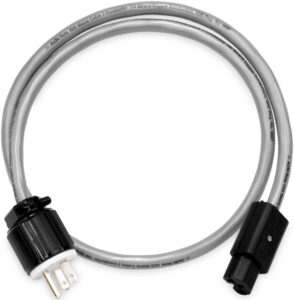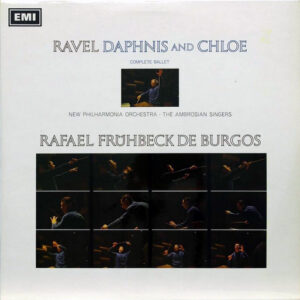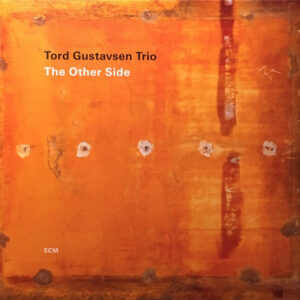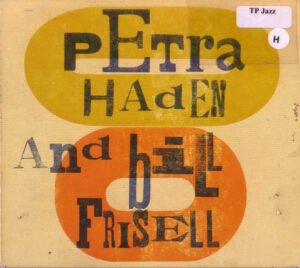In a world where a power cord can sell for more than the price of an automobile, is it possible to find a power cord that will significantly improve the performance of your equipment, yet can be had at a reasonable price (say significantly less than $1,000)? This review attempts to answer that question.
In general, I am leery of offering opinions about products I cannot audition in my own system. However, in this instance it seemed to make sense to audition the Isis power cords in the type of system where they would most likely be used. Fortunately, a very good friend and frequent listening companion volunteered to let me audition the power cords in his system (Avalon Eidolon speakers, Conrad-Johnson Premier 17 preamp and Premier 12 monoblocs (modified), Linn LP12 turntable (updated), Koetsu Rosewood Signature cartridge, Einstein phonostage, EMM DA2 and XDS1 transport (updated), and power cords sourced from Kimber (PK Ascent 14), Cardas (Clear Reflection) and Isoclean). Given that I am familiar with his system and listen to it frequently, that seemed like a good solution, but more importantly, the system sounds really good and is easily capable of resolving differences in equipment, including power cords.
Audio Note UK’s Isis mains cable is based on their flagship, all-silver SOOTTO mains cable but substitutes high purity copper wire for the silver. Each of its three separately insulated conductors is made up of fifty strands of high purity copper wire, further twisted to reduce resonances. Both copper and silver versions have full German VDE approvals for safety.
This cable benefits from at least a hundred hours of break-in and when you first plug it in will require some additional settling time, which is to say that it does not like to be moved or plugged and unplugged.
Listening Impressions – On the amps
Initially, a pair of the Isis power cords was used on the Conrad-Johnson Premier 12 amps replacing a pair of Isoclean power cords. Straight out of the box with no break-in, digital sounded somewhat hard but extremely detailed. Image placement was close to being remarkable — certainly, the best that I have heard on this system. At this point, I left the system playing, but in the background, to give the wires some additional time to settle down.
About six hours later, I listened to a Pat Metheny jazz LP (Still Life (Talking), Geffen 24145). The bass was superb, the top was more open, but more importantly, clean. Readers are probably aware that cymbals can sound somewhat wispy and even non-metallic with lesser tubed gear. That is how I would characterize the sound of the CJ amps with the Isoclean cables with this album. This evening the cymbals sounded more like cymbals at the top with better leading edge and definition. Instruments in general were very specifically presented. I next played an SACD of Haydn Trios (9 Piano Trios, Beaux Arts Trio, Pentatone 5186179). While a bit thin, the sound was very detailed and specific as to placement of instruments. Nothing was missing or muddy. I then switched to a second Linn turntable equipped with a Soundsmith mono cartridge and played some 1950s Beecham Delius recordings (North Country Sketches, Columbia ML 4637). The sound was excellent, one of the better mono recordings I have heard.
Several days later, I had another opportunity to listen to the system. Nothing had changed except the Isis power cords had several additional days of playing on the Conrad-Johnson amps. Again, imaging was quite good with excellent edge definition. The treble remained highly detailed with excellent extension and sounded very natural. There was no hardness. In fact, the upper bass and midrange were, if anything, more natural.
Following the Daphnis and Chloe was an SACD of the Mother Goose Suite, which is out of print but worth picking up. The sound is quite good with no digital harshness and plenty of detail. It is very clean and three dimensional if not in the same league as the Daphnis and Chloe discussed above. Violin sound is particularly nice.
The top end is very open, such that the cymbals sound very natural and are well placed. The bass does not overpower the piano, as I have sometimes heard it. The piano is more open and the attacks involve more treble at times, such that the piano sound is not quite as rich as I would like, which is not usually an issue with this album. At other times, it is not noticeable. This may be an issue associated with the Eidolon speakers, which utilize a ceramic tweeter and in general are not the warmest speakers I have encountered.
The imaging is spot on, as close to holographic as I have ever heard in this system. Placement is for the most part well behind the speakers, such that the speakers disappear. It is quite marvelous to listen to this effect, if lacking some of the heft that I hear in my own system. So much of the sound is musical and so very clean. It causes me to feel somewhat ambivalent about the slightly lean lower midrange.
This album, with its liberal overdubbing and the gentle voice(s) of Petra Haden, benefits from a very clean top end that allows us to hear all the little things that together make the album a near-masterpiece. Frisell is at his most creative. He could do pretty much whatever he wanted and did. It is almost a summation of his best tricks as of the time the album was made. Haden surprises not only with inventive harmonies but also with her multi-tracked violin. She is a great musician (as was her father Charlie Haden, the bassist). The engineering of this record was superb, and I can hear every bit of what went into it. The guitar is so clean, even when intentionally distorted. Even though the end result was created by two musicians tracked half a dozen times each (in many cases, and more sometimes), a magic soundstage is created, a masterful illusion. I have never heard this recording sound better. I have wanted more lower mids from the system at times during the listening, but I hear nothing like that now. All the detail creates a type of magic in which it is easy to get lost.
- (Page 1 of 2)
- Next page →









Where can someone in the US get these?
Also, what type of connectors were on the Isis?
Thanks.
Dear Dave,
Thank you for your readership and comment.
See if this page helps: https://www.audionote.co.uk/north-america
-Constantine
The cords are available from any Audio Note dealer. The cords which I reviewed were kindly provided by Neli at Audio Federation. They keep them in stock. Normally they are provided with plugs standard to the country sold but can be provided with other plugs on request.